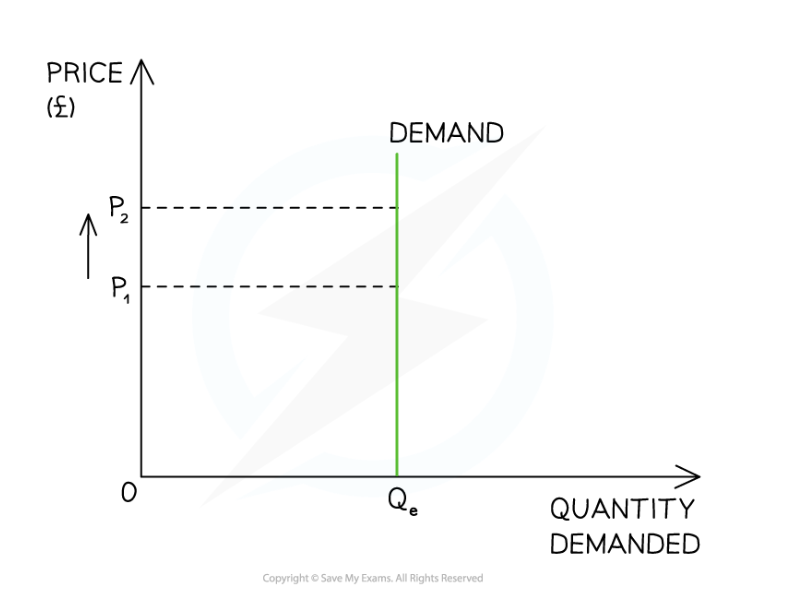Price Elasticity of Demand (PED) (Edexcel IGCSE Economics)
Revision Note

Author
Steve VorsterExpertise
Economics & Business Subject Lead
The Definition & Calculation of PED
The law of demand states that when there is an increase in price, there will be a fall in the quantity demanded
Economists are interested by how much the quantity demanded will fall
Price elasticity of demand reveals how responsive the change in quantity demanded is to a change in price
The responsiveness is different for different types of products
Calculation of PED
PED can be calculated using the following formula
To calculate a % change, use the following formula
Worked Example
A firm raises the price of its products from $10 to $15. Its sales fall from 100 to 40 units per day. Calculate the PED of its products
Step 1: Calculate the % change in QD
Step 2: Calculate the % change in P
Step 3: Insert the above values in the PED formula
Step 4: Final answer = 1.2
The PED value will always be negative so economists ignore the sign and present the answer as 1.2
Exam Tip
When doing elasticity calculations, make sure that your final answer is not expressed as a percentage.
You may be asked to state the formula for PED
Interpreting PED Values
The Classification of PED Values
Value and Name | Explanation | Diagram |
|---|---|---|
0 Perfectly inelastic |
|  |
0 →1 Relatively Inelastic |
|  |
1 Unitary Elasticity |
|  |
1 → ∞ Relatively Elastic |
|  |
∞ Perfectly Elastic |
|  |

You've read 0 of your 0 free revision notes
Get unlimited access
to absolutely everything:
- Downloadable PDFs
- Unlimited Revision Notes
- Topic Questions
- Past Papers
- Model Answers
- Videos (Maths and Science)
Did this page help you?